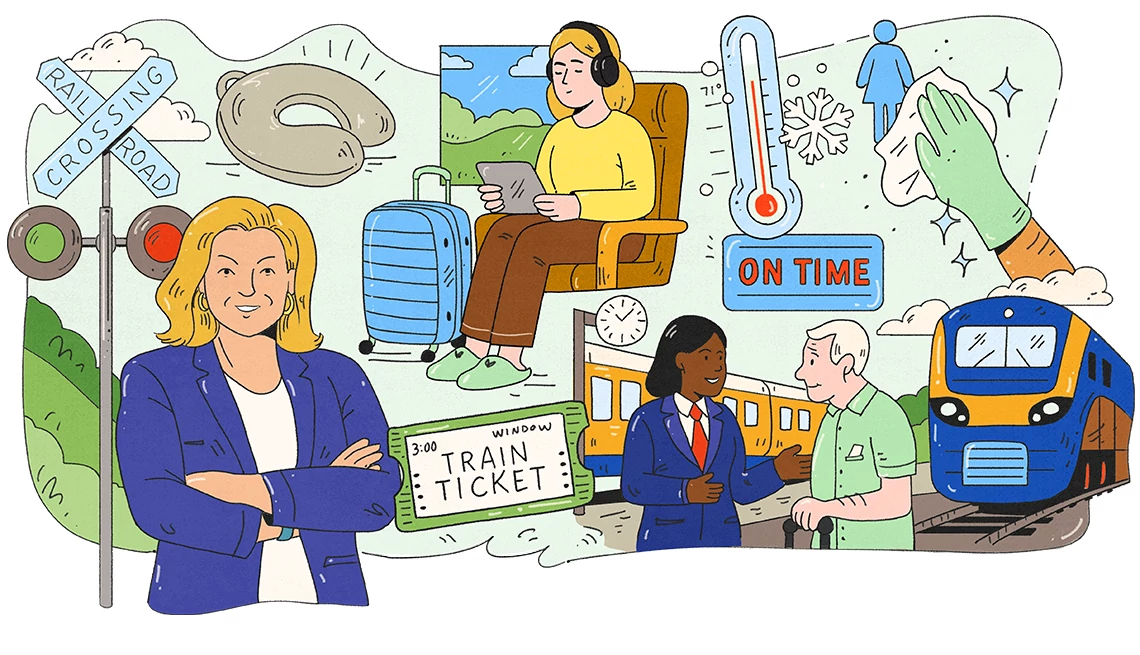AARP Hearing Center

AARP Delaware has teamed up with Smart Growth America — a Washington-based nonprofit — on a project that both groups hope will lead to more transportation options and affordable housing in key areas of the state.
The effort is pegged to a possible expansion of the state’s commuter rail lines to connect communities in central and southern Delaware with the existing Northeast Corridor. The state is planning to conduct a feasibility study of the expansion project but still needs to win federal approval and funding.
AARP Delaware wants to ensure the cities and towns along the proposed expansion route have good public transit and a range of housing options, such as townhomes, duplexes, triplexes and other so-called “middle housing” options that fall in between single-family homes and large apartment complexes.
AARP and Smart Growth America completed a zoning review in 2024 for two communities that may be future railway stops: Georgetown, in the southern part of the state, and Middletown/Odessa, in the northern part.
Sam Gordon, program manager for land use and development at Smart Growth America, says any commuter rail expansion will spur population growth in the affected communities. Their zoning ordinances will need to support that.
Among other findings, the study says the majority of land parcels in Middletown are currently zoned for large lot sizes and setback requirements. This restricts future development of other kinds of housing options. In Georgetown, the study found that approximately half of the town’s land can only be used for low-density, single-family homes under current zoning rules. The report—issued in January—outlines possible zoning changes that would incentivize mixed-use and multi-family development and encourage alternatives to driving, such as adding bike lanes and making pedestrian-safety improvements.
AARP plans to share these findings with local leaders and civic groups across the state and advocate for updated zoning that allows for more accessible, affordable housing and walkability in the targeted communities. Benefits could include less pollution and traffic, improved proximity to public spaces and other amenities, and better health for residents of all ages, says Sheila Grant, AARP Delaware’s associate state director for advocacy.
“We know Delaware’s population is growing and aging in the coming years,” Grant says. “With a little forethought and planning, we can be ready to meet their needs for housing, transportation and livability while allowing them to stay in their homes and communities as they age.”
Grant says those outcomes won’t just benefit older adults.
“All of these things we advocate for that are good for seniors, they’re also good for younger families, for single people ... for people with disabilities,” she notes.































































